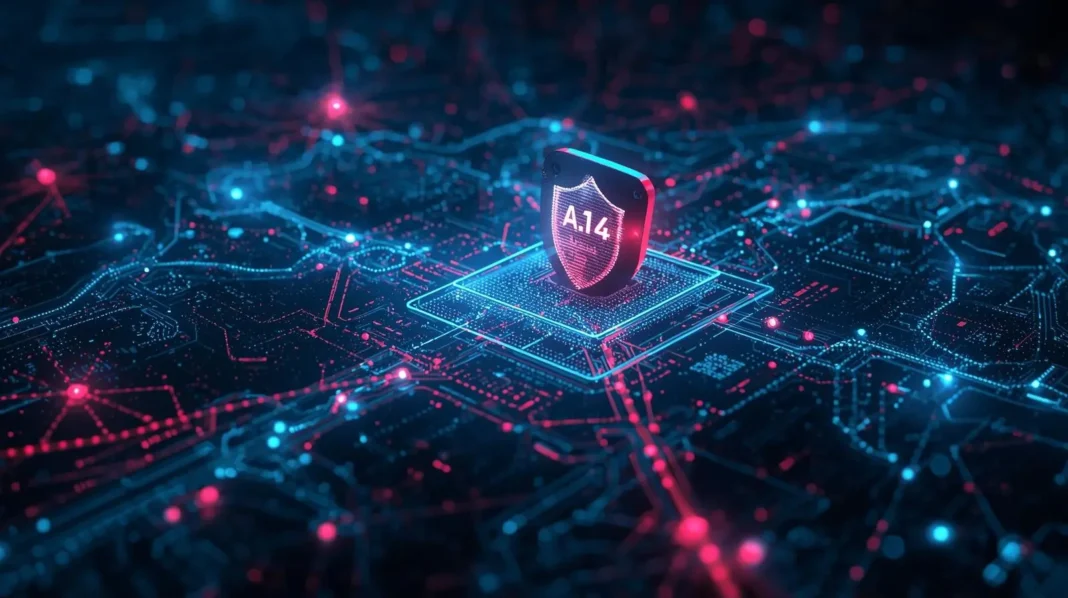In today’s digital world, we share more personal information online than ever before—emails, social media posts, banking details, and even location data. While the internet makes life convenient, it also exposes us to privacy risks. Protecting your personal information is crucial, and the good news is, it’s easier than you think. Here are some simple steps everyone can follow.
1. Use Strong, Unique Passwords
Passwords are the first line of defense against hackers.
- Tips:
- Avoid simple passwords like “123456” or “password.”
- Use a mix of letters, numbers, and symbols.
- Never reuse passwords for multiple accounts.
- Bonus: Use a password manager to securely store and generate strong passwords.
2. Enable Two-Factor Authentication (2FA)
Two-factor authentication adds an extra layer of security to your accounts.
- How it works: Even if someone steals your password, they also need a second verification step, like a code sent to your phone, to access your account.
- Where to enable it: Email, banking apps, social media, and cloud services.
3. Use a Virtual Private Network (VPN)
A VPN encrypts your internet connection, making it harder for hackers to track your online activity.
- Benefits:
- Protects your data on public Wi-Fi networks.
- Hides your IP address and location.
- Tip: Choose a reputable VPN provider—avoid free options with weak security.
4. Be Careful with Personal Information
Think before sharing personal data online.
- Avoid posting sensitive information like your address, phone number, or financial details on public platforms.
- Limit the personal details you share on social media accounts.
- Check privacy settings for apps and websites to control who can see your data.
5. Keep Your Devices and Software Updated
Hackers often exploit outdated software to access personal data.
- Regularly update your operating system, apps, and web browsers.
- Enable automatic updates whenever possible.
6. Recognize Phishing and Suspicious Links
Phishing attacks trick you into giving away sensitive information.
- Signs: Emails or messages with urgent requests, typos, or unknown senders.
- Tip: Never click on suspicious links or download attachments from unknown sources.
Conclusion
Protecting your privacy online doesn’t have to be complicated. By using strong passwords, two-factor authentication, VPNs, careful sharing, and updated software, you can significantly reduce your risk of data theft. Remember, online privacy is about making smart choices every time you go online.
If you want, I can now write the third article for this category:
“The Role of AI in Cybersecurity: Fighting Hackers with Technology”



